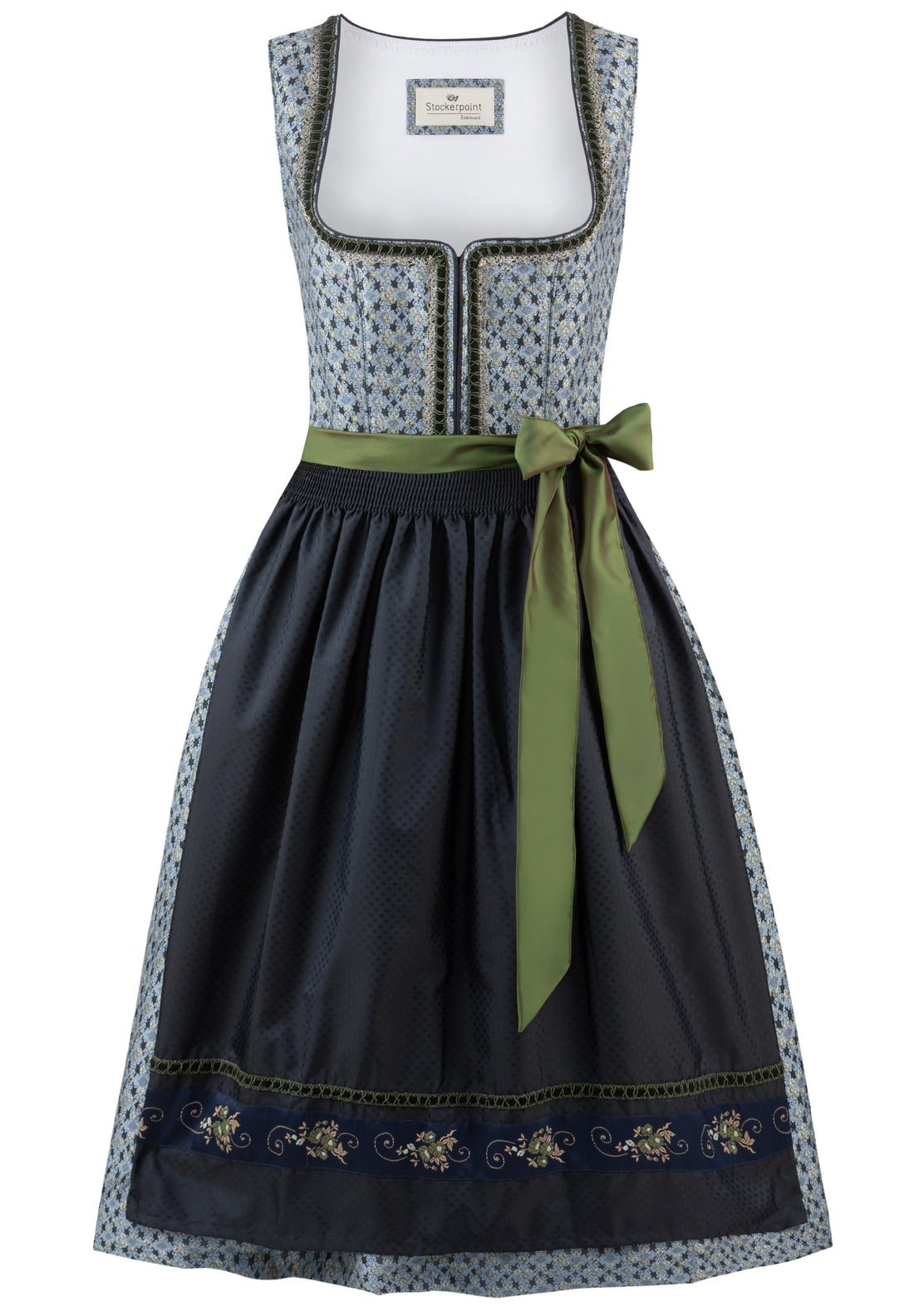
Dirndl Apron Strings in Bavaria and Germany, know before you tie!
Share
The dirndl, a traditional dress originating from Bavaria, Germany, holds immense cultural significance. Among its features is the dirndl apron, which is fastened around the waist with strings. These apron strings have symbolic meaning, providing insights into marital status, loyalty, and even flirtatious intentions. A quick exploration of dirndl apron strings and their cultural significance in Bavaria and Germany is a must know before you tie!
Marital Status Indicators
In Bavarian and German culture, the placement of dirndl apron strings can signify a person's marital status. Tying the strings on the right side of the apron indicates a married or committed individual. Conversely, tying them on the left side suggests that the person is single and available. These customs trace back to the 19th century when young women discreetly communicated their eligibility to potential suitors.
Significance of the Dirndl Apron Bow
The bow created by the dirndl apron strings also holds considerable importance. When tied at the front, it signifies a person's single status and openness to socializing. This signals a willingness to meet new people and potentially explore romantic connections. Conversely, tying the bow at the back indicates contentment in a committed relationship or disinterest in romantic advances. It serves as a visual cue to deter unwanted approaches.
Flirtatious Expressions
In various regions of Bavaria and Germany, the tying technique of the apron strings can convey flirtatious messages. For instance, tying the apron strings in a knot at the front communicates an individual's committed relationship status, emphasizing that romantic advances are unwelcome. Conversely, a playful and open attitude toward flirtation is expressed by tying the strings in a knot on the side or back, indicating receptiveness to romantic attention.
Regional Variations
It is crucial to acknowledge the regional variations within Bavaria and Germany, as customs may differ slightly. While the above practices generally hold true, specific areas may possess unique local traditions associated with dirndl apron strings. Exploring these regional variations deepens our understanding of the diverse cultural tapestry that encompasses Bavaria and Germany.
Embracing Modern Interpretations
While the traditional significance of dirndl apron strings remains prominent, it is important to recognize the evolving nature of culture. In contemporary times, the dirndl is also worn as a fashion statement, transcending strict adherence to traditional customs. Consequently, the placement of apron strings may not always carry the same weight of significance as in the past.
Dirndl apron strings serve as a powerful symbol in Bavarian and German culture, revealing insights into marital status, availability, and flirtatious intentions. The positioning of these strings and the style of the apron bow provide subtle cues to those familiar with the cultural code. While these customs have deep historical roots, their interpretation may vary in modern contexts. The dirndl, with its enchanting apron strings, continues to epitomize tradition, femininity, and the rich heritage of Bavaria and Germany.
